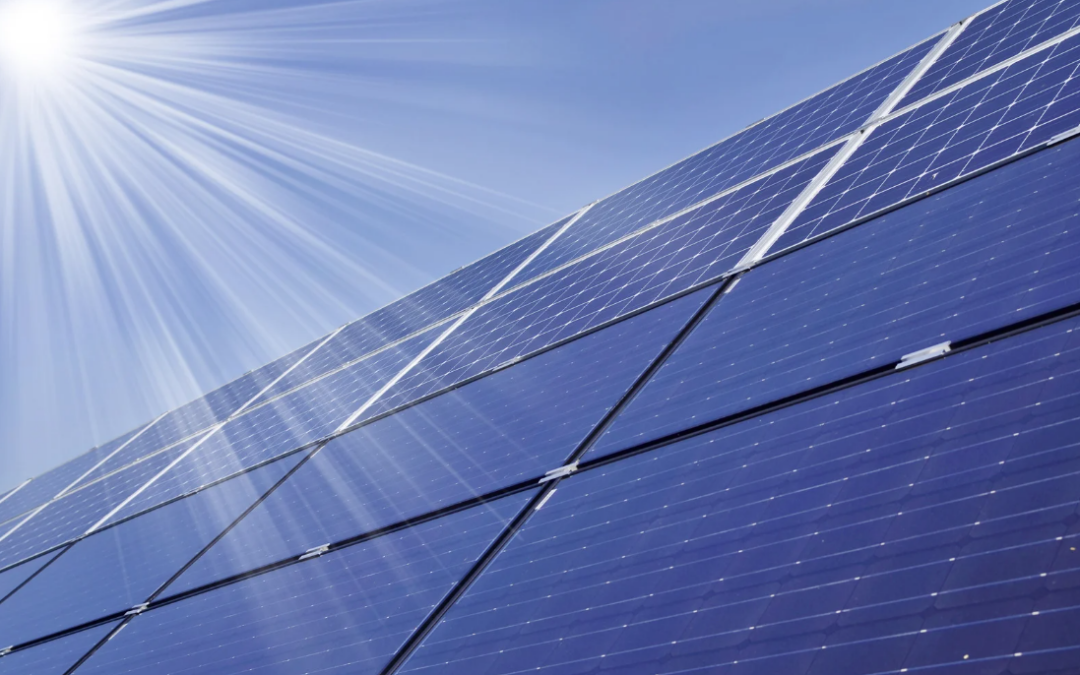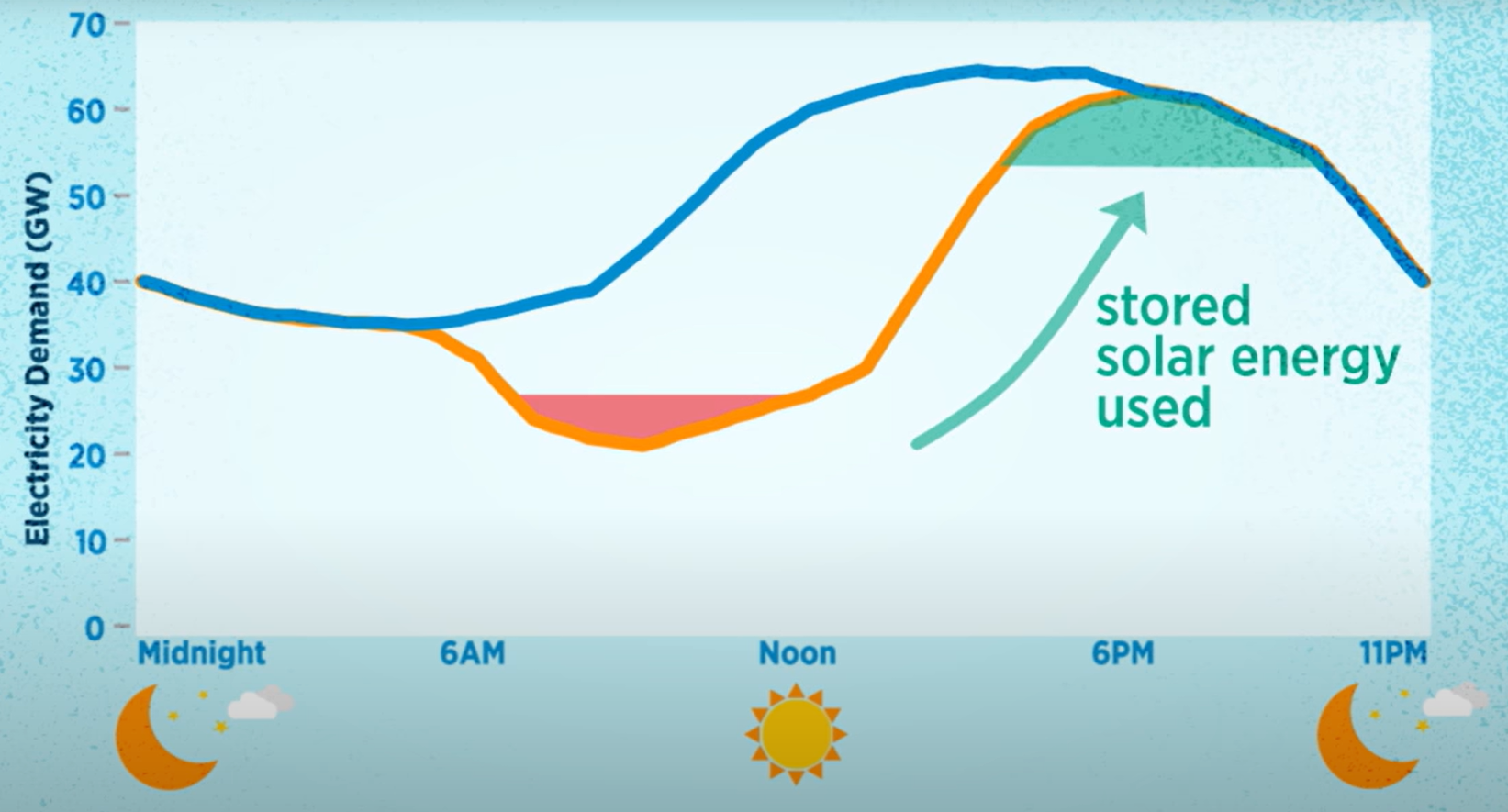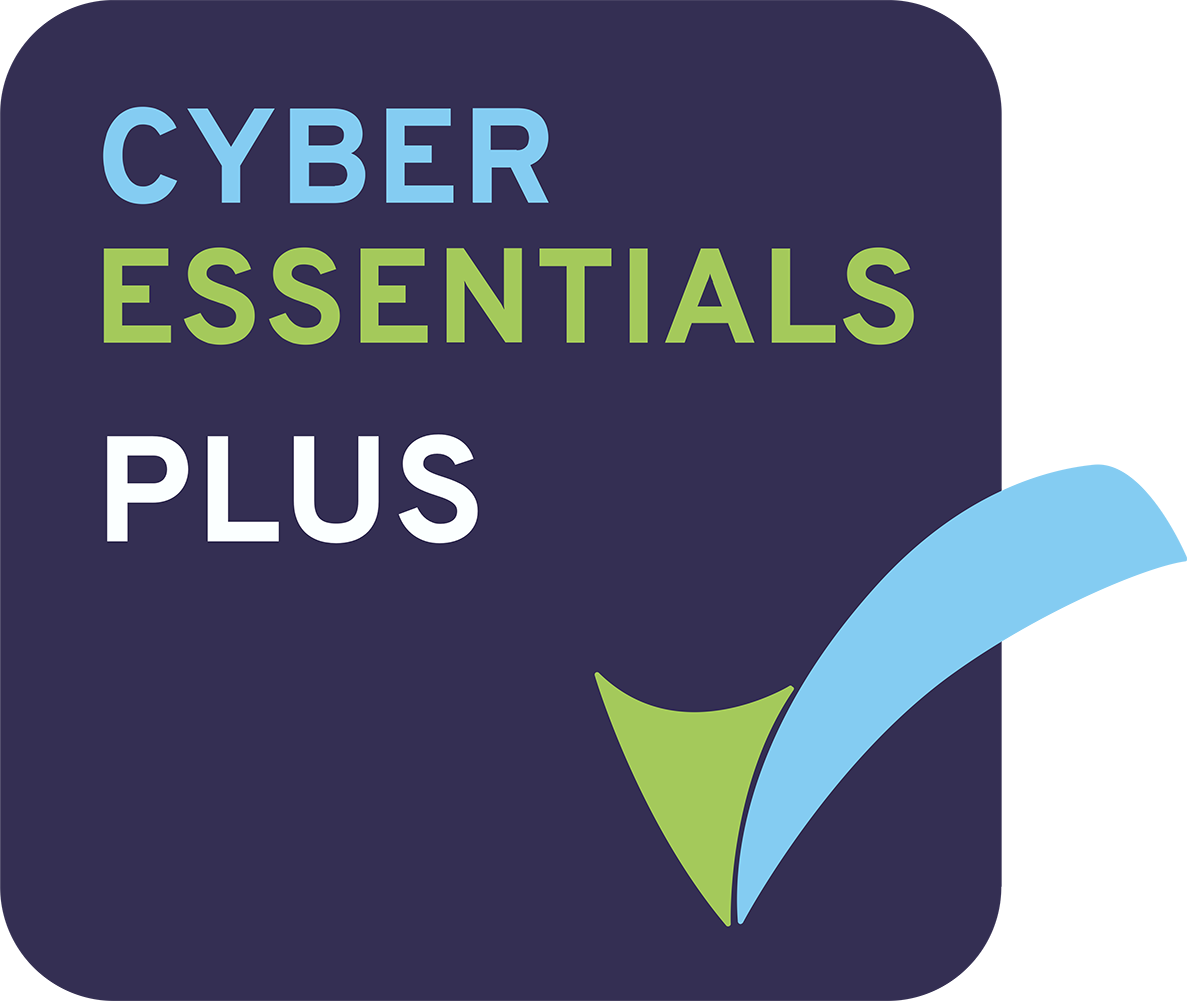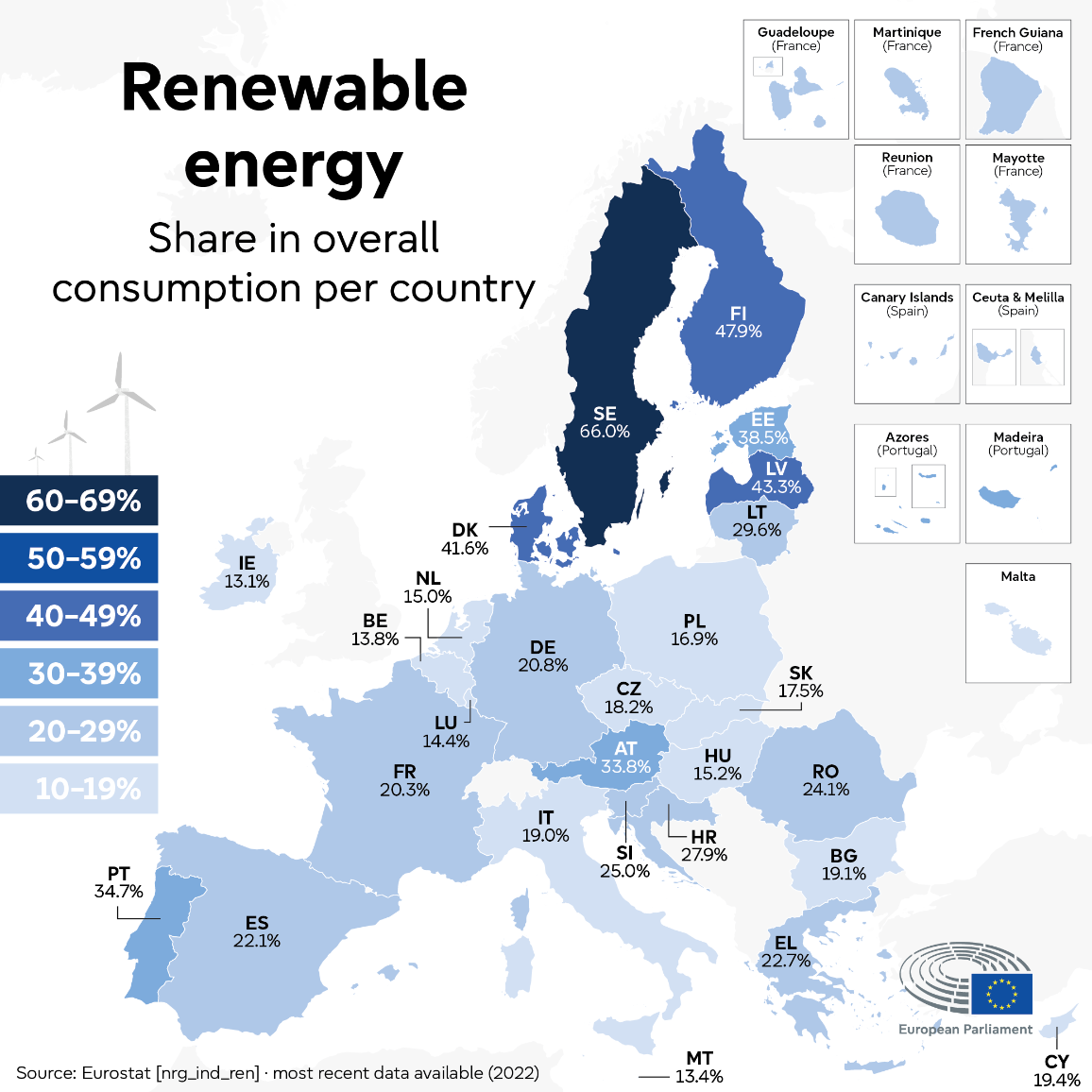
The Emergence of Duck Curves in Europe
As renewable energy use increases globally, a balanced dynamic is emerging between energy prices and consumer behaviour in regions such as California, Hawaii, Germany, Spain, Poland, and the Netherlands. Particularly during the summer, energy prices tend to stabilize, influenced by consumers adopting load-following practices. This phenomenon, first identified by the US Energy Information Administration, is known as the duck curve.
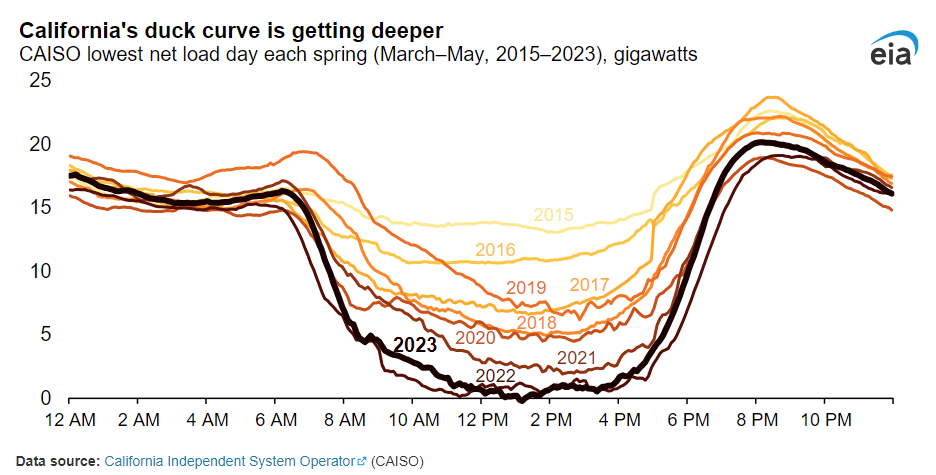
Solar energy provides a fairly predictable reduction in net load in tropical/warm climates and an erratic reduction in net loads in temperate climates during the summer. Between sunrise and sunset, the adoption of solar energy capacity is increasing. As more and more solar power is generated, the duck curve deepens.
The ideal response to the duck curve is that customers, whether they are individuals, businesses, or industries, adjust their energy usage based on the availability and cost of energy, aligning their consumption patterns with times when energy is cheaper and more plentiful.
The concept of load following is widely adopted across various industries and countries. For instance, according to Power Magazine, Germany has seen a shift from the traditional duck curve to what’s now referred to as a canyon curve over time.
This transformation signifies that dispatchable resources are minimised during daylight hours, necessitating significant flexibility to navigate the steep ingress and egress of the canyon curve to maintain energy supply and demand balance.
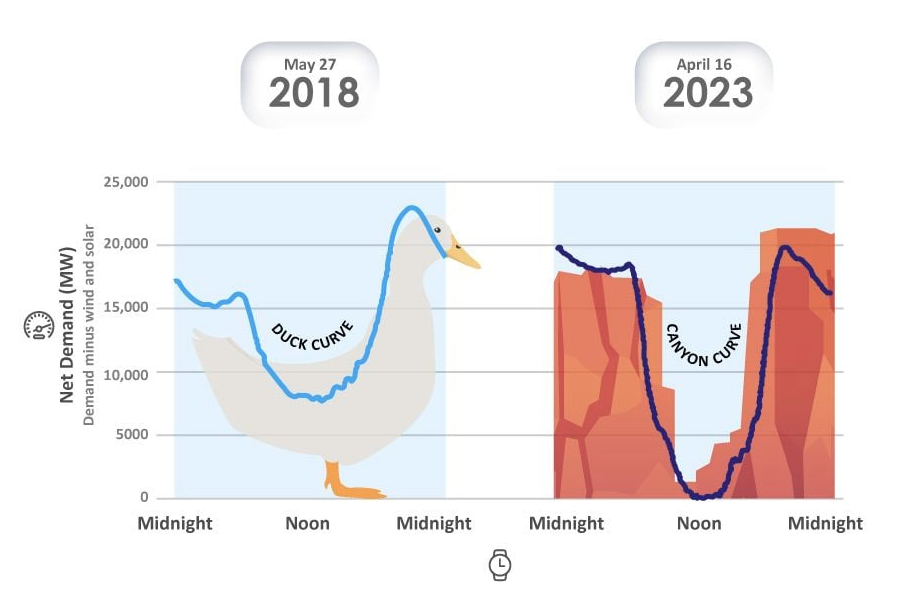
Adaptable Industries Leading the Way
Industries with variable energy requirements—those experiencing fluctuations seasonally or daily—are increasingly able to adjust their energy consumption based on pricing signals. Take, for example, manufacturing firms that consume substantial energy; they may increase production in the summer months to capitalise on plentiful solar energy and reduce output in the winter.
Likewise, smaller businesses and particular consumer segments are also adept at adapting. Retail businesses, for example, may extend operating hours during the festive season when there is a surge in customer traffic, thus maximising their energy usage for the most profitable periods. These adjustments are not solely for cost reduction; they aim to enhance efficiency and tailor energy use to actual business needs.
Rethinking Energy Management Models
The movement towards load following poses an important question: Do we need new policies or regulatory oversight and the need for clear guidelines on when and how much do we utilise renewable energy? Or can businesses and consumers manage this dynamic directly with energy suppliers?
The traditional aggregator model involves third parties that help manage and negotiate energy loads across multiple customers, adding a layer of complexity and potential costs. There is a compelling case for businesses and consumers to collaborate directly with energy suppliers to manage their energy needs. This direct interaction could enhance transparency, reduce costs, and increase the efficiency of energy use.
Using smart technologies and real-time data, suppliers and consumers can dynamically tailor their strategies, thus eliminating the need for extra layers of management. This approach includes tools like time-of-use rates and programs designed to shift electricity use from evening to midday. Additionally, various energy storage options, including batteries, storage systems, hydrogen production, and fuel cells, can be integrated. Several innovative technologies are also being developed to store solar energy from the afternoon until after sunset.
Towards a More Adaptive Energy Future
As we look to the future, the energy sector is poised for a transformative shift. The adoption of load following by consumers and businesses is fast becoming a reality. This model promotes a more sustainable and economically sensible approach to energy consumption, which could lead to more stable energy prices and a more resilient energy system.
At Utilidex, we offer energy, carbon and trade date sets that when married with energy demand and price curves help provide the data sets for progress through the energy transition. All the data sets outlined including weather data are retrievable via our system. When we upload traditional non-utility data, floor space, type of business, standby fuel or battery assets as well as onsite generation the data held within our system becomes the primary set of data for new projects or new consumption behaviours.
Bringing your key data together into a single ‘Energy Manager’ dashboard is fundamental to commencing the energy optimisation journey. It also helps and supports business collaboration between not just consultants, suppliers and customers, but a wider group of energy participants including original equipment manufacturers, carbon tax specialists, electrical and mechanical engineers, finance partners and asset owners.
Key Features
- A digital energy manager which provides useful actionable insights
- GHG and CRC reporting by both billed and actual consumption (CO2e, CO2, CH4, N2O)
- Budget variance tracking
- Advanced value-led data visualisations filterable by portfolio, group and at site level
- Renewable assets performance monitoring and modelling
- Weather and consumption/cost regression analysis
- An extensive suite (50+) of downloadable reports including consumption, vacant energy and energy intensity
- Dashboards for site level performance indicators and league tabling
Four Reasons to Switch Across Today
Easy and intuitive to use
Our modern and innovative technology solution has been built with energy professionals in mind and we’re constantly going out of way to make your job easier.
Make everyone part of the energy challenge.
The Energy.Hub is available across web, mobile, dashboards and wallboards, meaning you can get your entire energy estate behind you in your carbon and cost reductions.
Simple and affordable pricing with no hidden user costs
You purchase a single licence which allows you unlimited users, meaning all stakeholders can easily view the data that’s relevant to them without you having to pay more.
Technology that doesn’t stand still
Don’t settle for the outdated and frustrating systems of yesterday. The Utilidex Energy.Hub is a cloud-first built platform which means your system will get instantly updated with all the latest features – for free.
Applications to Help You Do More.
You can purchase any one of our software products direct as a customer, or through our partner consultancy firms, or via energy suppliers. Our goal is to make it easy for you to work together, and stay in control of your energy estate.

Energy Analytics

Utility Bill Validation
Automate your bill validation with straight-through processing from EDI receipt to payments in minutes.

Trading and Energy Procurement
